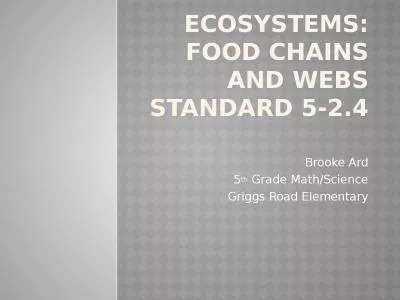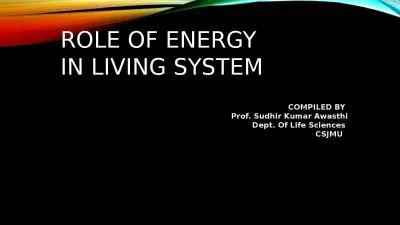PPT-Energy Flow: Food Chains and Webs
Author : myesha-ticknor | Published Date : 2017-01-28
Energy Transfer Energy transfers from one organism to another when they are consumed and metabolized Energy can be followed based on how organism obtain energy Trophic
Presentation Embed Code
Download Presentation
Download Presentation The PPT/PDF document "Energy Flow: Food Chains and Webs" is the property of its rightful owner. Permission is granted to download and print the materials on this website for personal, non-commercial use only, and to display it on your personal computer provided you do not modify the materials and that you retain all copyright notices contained in the materials. By downloading content from our website, you accept the terms of this agreement.
Energy Flow: Food Chains and Webs: Transcript
Download Rules Of Document
"Energy Flow: Food Chains and Webs"The content belongs to its owner. You may download and print it for personal use, without modification, and keep all copyright notices. By downloading, you agree to these terms.
Related Documents


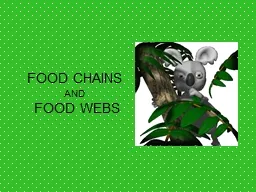
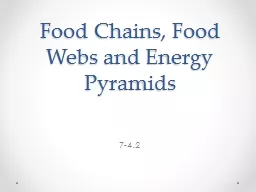
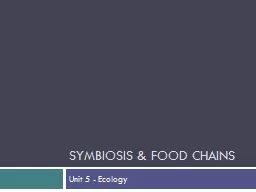
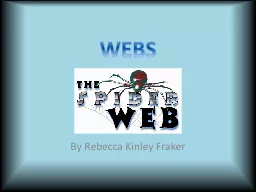
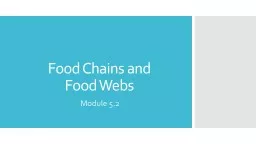
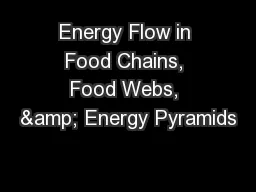

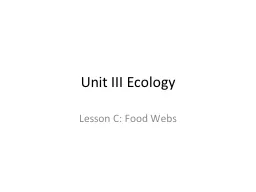
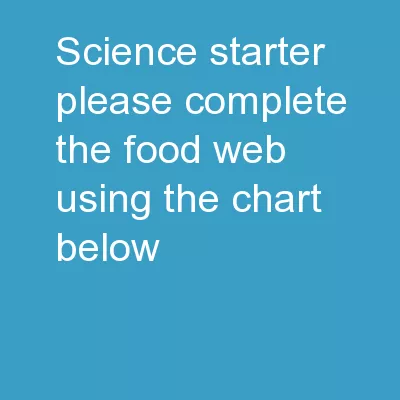
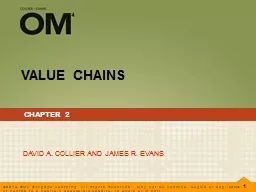
![[DOWNLOAD]-Who Eats What?: Food Chains and Food Webs (Let\'s-Read-and-Find-Out Science](https://thumbs.docslides.com/957088/download-who-eats-what-food-chains-and-food-webs-let-s-read-and-find-out-science-2.jpg)
